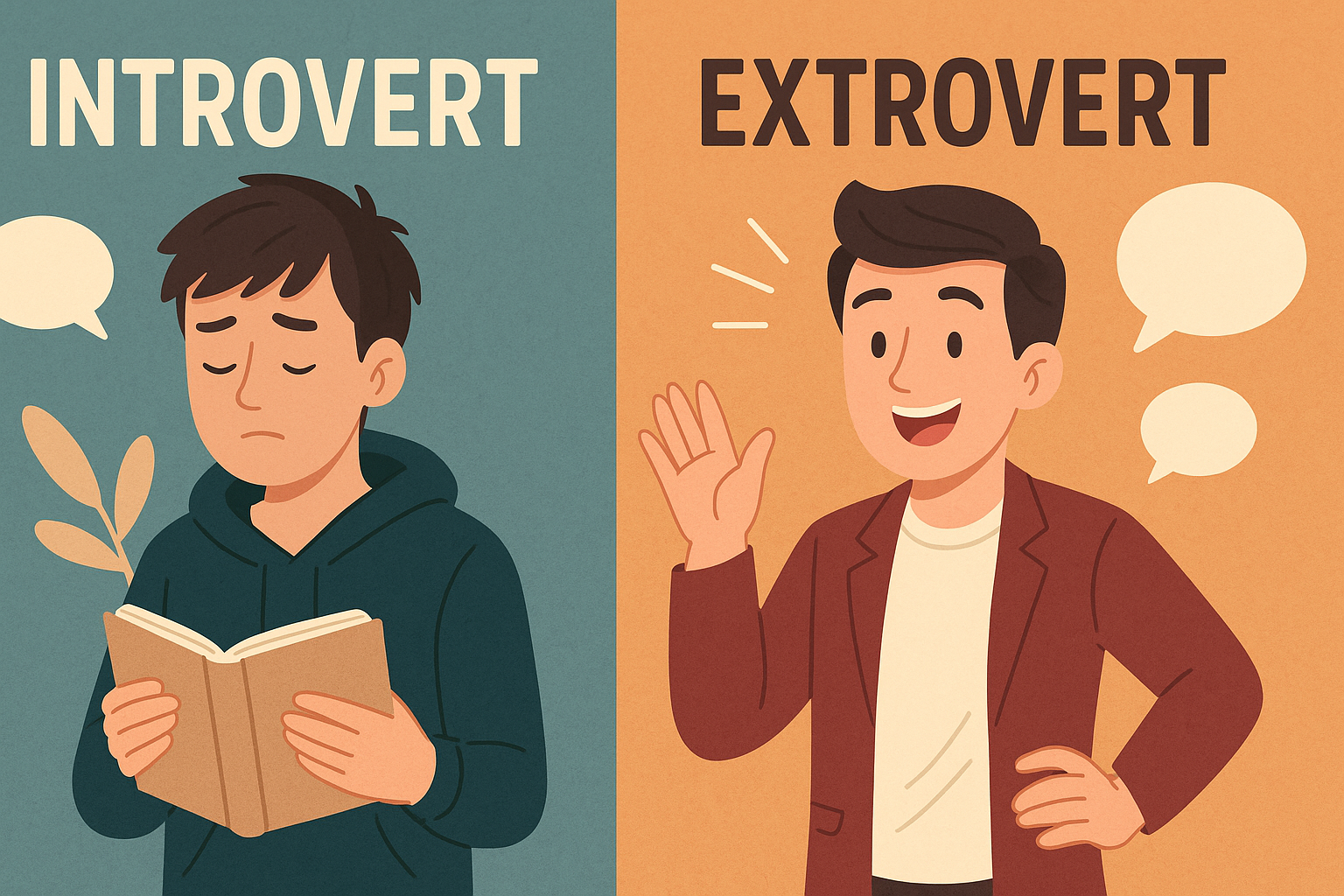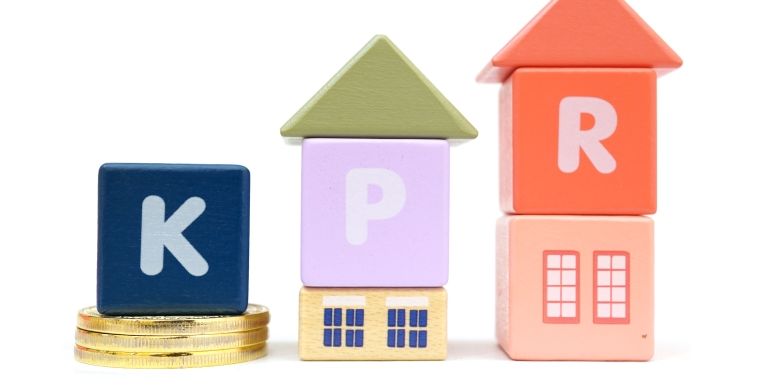
The first time I truly understood the power of folklore was during a conversation with my grandmother. She wasn’t just telling a story – she was passing down a living piece of our family’s history, a narrative that had survived generations, carrying wisdom, warnings, and wonder.
What Exactly is Folklore?

Folklore isn’t just old stories collecting dust. It’s a vibrant, breathing collection of:
- Traditional stories
- Myths and legends
- Cultural practices
- Oral traditions
- Collective wisdom passed through generations
Think of it like a cultural DNA – the genetic code of human experience that tells us who we are and where we came from.
The Layers of Folklore
Folklore isn’t a single thing. It’s a complex tapestry that includes:
- Oral storytelling
- Musical traditions
- Dance
- Rituals
- Crafts
- Superstitions
- Local customs
Why Folklore Matters in Our Modern World
In an age of instant messaging and fleeting digital interactions, folklore might seem like a relic. But here’s the truth – it’s more important now than ever.
- Cultural Identity Folklore is how communities remember themselves. It’s the story behind the story, the context that gives meaning to our existence.
- Wisdom Transmission Long before books and internet, humans used stories to pass down crucial survival skills, moral lessons, and community values.
My Personal Folklore Journey
I’ll never forget the day I realized how much knowledge was slipping away. My grandfather used to tell these incredible stories about local wildlife, traditional farming techniques, and community legends. When he passed, I realized how much information died with him.
Challenges in Folklore Preservation
Technology is a double-edged sword. While it can help record and spread traditions, it’s also causing:
- Rapid cultural homogenization
- Younger generations disconnecting from roots
- Traditional practices being forgotten
Techniques for Preserving Folklore
- Oral History Projects
- Record elder interviews
- Create digital archives
- Transcribe and translate stories
- Community Workshops
- Teach traditional crafts
- Organize storytelling events
- Create intergenerational learning spaces
The Global Folklore Landscape
Every culture has its unique folklore:
- African tribal stories
- Native American creation myths
- European fairy tales
- Asian spiritual narratives
- Indigenous Australian dreamtime stories
Each is a window into human imagination and collective experience.
Digital Age Folklore Preservation
Technology isn’t the enemy – it can be a powerful preservation tool:
- Online storytelling platforms
- Digital museums
- Virtual reality cultural experiences
- Social media storytelling groups
Practical Steps for Individuals
Want to help preserve folklore? Here are some actionable tips:
- Talk to your elders
- Record family stories
- Learn about your cultural traditions
- Participate in community cultural events
- Support local cultural preservation initiatives
The Psychological Importance of Folklore
Folklore isn’t just historical – it’s deeply psychological. These stories help us:
- Understand complex emotions
- Process community traumas
- Create shared cultural narratives
- Build collective resilience
Folklore and Education
Schools are increasingly recognizing the value of traditional stories:
- Multicultural curriculum development
- Storytelling as an educational tool
- Understanding cultural diversity
Challenges and Controversies
Folklore preservation isn’t without complications:
- Cultural appropriation concerns
- Romanticization of traditions
- Balancing preservation with cultural evolution
A Global Perspective
Folklore is a universal human experience. While details differ, the core remains the same – we’re all trying to understand our place in the universe through stories.
Final Thoughts
Preserving folklore isn’t about living in the past. It’s about understanding our journey, celebrating human creativity, and connecting generations.
For a deeper dive into folklore studies, check out this Wikipedia article on Folklore.
Keep the stories alive! 📖🌍







